In the ever-changing world of eCommerce, choosing the best platform is an important decision for entrepreneurs looking to establish an effective online presence. With numerous choices available, Shopify stands out as the top choice for growing e-commerce businesses. Let’s check if Shopify web service development is popular and is a great platform for new e-commerce businesses.
What is it Exactly that Shopify is About?
Shopify isn’t only an online platform for selling products. It’s a complete solution created to satisfy the diverse requirements of companies that operate online. Let’s take a look at some of the attributes that have made Shopify the most sought-after option
The Hosted Service: Shopify offers a smooth experience using a fully hosted service that removes the stress of managing and maintaining servers.
Shopify’s Inbuilt Tools for Marketing: Built with a range of marketing tools integrated, Shopify allows startups to develop effective marketing strategies starting from the start, expanding their visibility and reach.
Excellent technical support: Shopify offers excellent technical support. It ensures that startups get quick assistance when they face difficulties in their journey.
Modern Features: From flexible themes to powerful plugins and integrations Shopify has sophisticated features that let entrepreneurs modify their online stores to satisfy their specific requirements.
A free Trials Program: Shopify is conscious of the importance of trying out new ideas in entrepreneurs. So, it offers trial-based trials that let entrepreneurs experience the capabilities of the platform before committing.
Speed and security: Security and speed when you’re dealing with eCommerce security and speed are vital. Shopify is a market leader in both, offering super-fast loading times and solid security features to safeguard the privacy of customers’ sensitive information.
Visually Attractive eCommerce Store: That is visually attractive First impressions are crucial particularly when it comes to eCommerce. Shopify helps startups build attractive and visually appealing online stores that entice customers and improve conversion.
What is the reason Shopify is the ideal platform for eCommerce startup Companies?
As we delve into the realm of Shopify website development and examine successful Shopify sites, you might find yourself contemplating the journey of your startup. It’s natural for businesses to ponder whether to embark on developing their Shopify store independently or enlist the expertise of a Shopify development company for professional Shopify development services.
Although the thought of creating your website from scratch might seem appealing it comes with huge obligations. People who aren’t familiar with Shopify may have difficulty executing the task effectively. Thus, hiring a skilled Shopify development company is the most sensible option.
We’ll provide further details on the reasons why hiring a certified hire Shopify development team for your next project is the most effective method to follow. Look at the compelling arguments outlined below:
Custom Shopify store development: Customizing the eCommerce capabilities of a store in line with the brand’s image and goals is crucial for any new business. Shopify’s flexibility permits seamless customization, ensuring that the store reflects the distinct character of the company’s image.
Supported third-party APIs: Integrating third-party APIs can significantly improve the versatility and performance of your online store. Shopify’s extensive ecosystem is compatible with a wide range of APIs, giving entrepreneurs endless possibilities to improve the experience online of their stores.
Improve customer experience: In the present marketplace of eCommerce, providing the best customer service is essential. Shopify provides startups with all the features and tools needed to enhance customer experiences to improve the loyalty of customers and guarantee their satisfaction.
Comprehensive Development: From frontend designs to backend functionality, Shopify offers a comprehensive development platform that addresses every aspect of building the ideal eCommerce business.
Agile Methodology: The method of agile is the basis of Shopify’s method of development which allows startup companies to test quickly, react to changes in market conditions, and stay in the lead.
Final Words
Shopify stands as a beacon of hope for marketers venturing into the eCommerce realm. If you’re considering launching your eCommerce journey, consider teaming up with a trusted eCommerce development company, such as Devstree Australia, proficient in Shopify web development services. With the expertise of seasoned Shopify developers, you can leverage Shopify’s capabilities to their fullest extent, propelling your business toward greater success.
So, why wait any longer? Embrace Shopify and embark on your path to eCommerce triumph today!






.svg)

.svg)


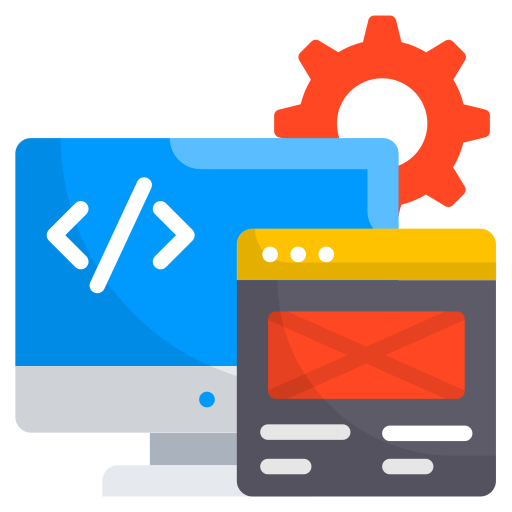


.png)
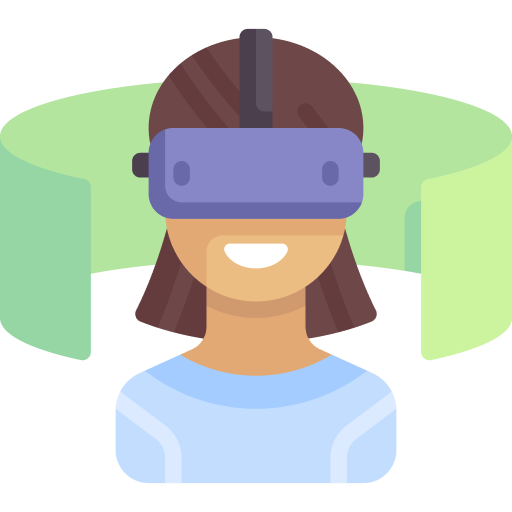
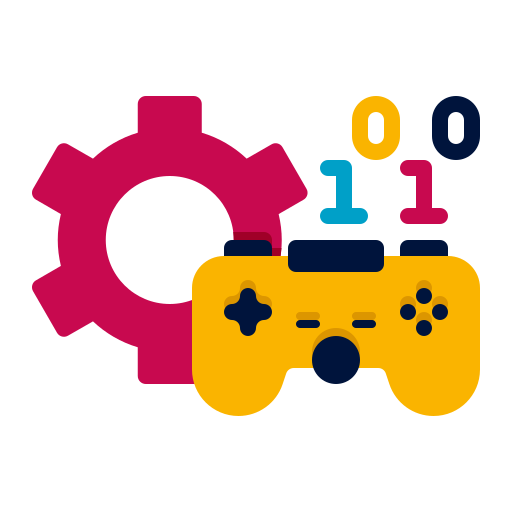
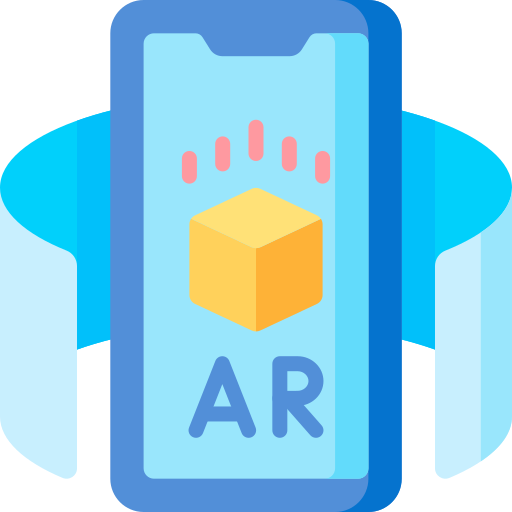



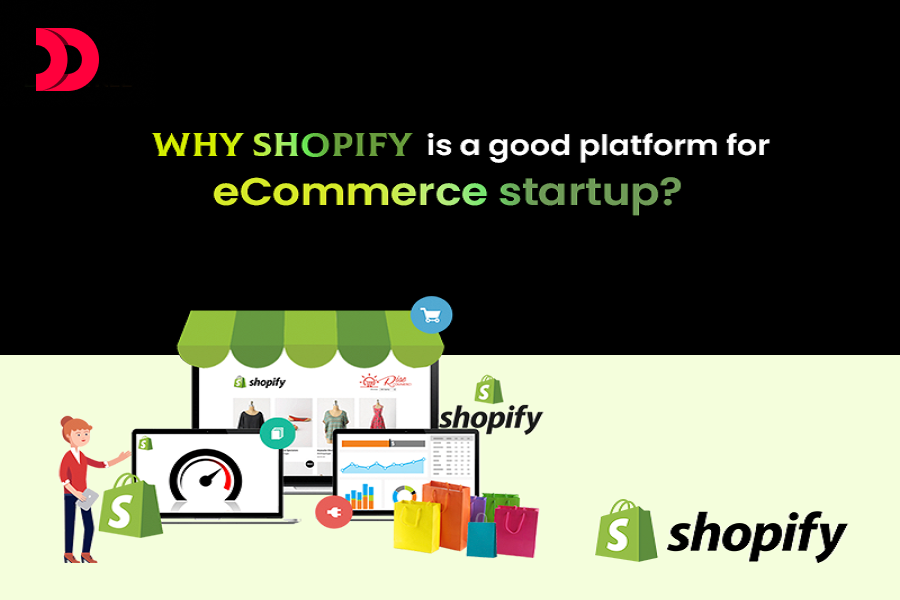
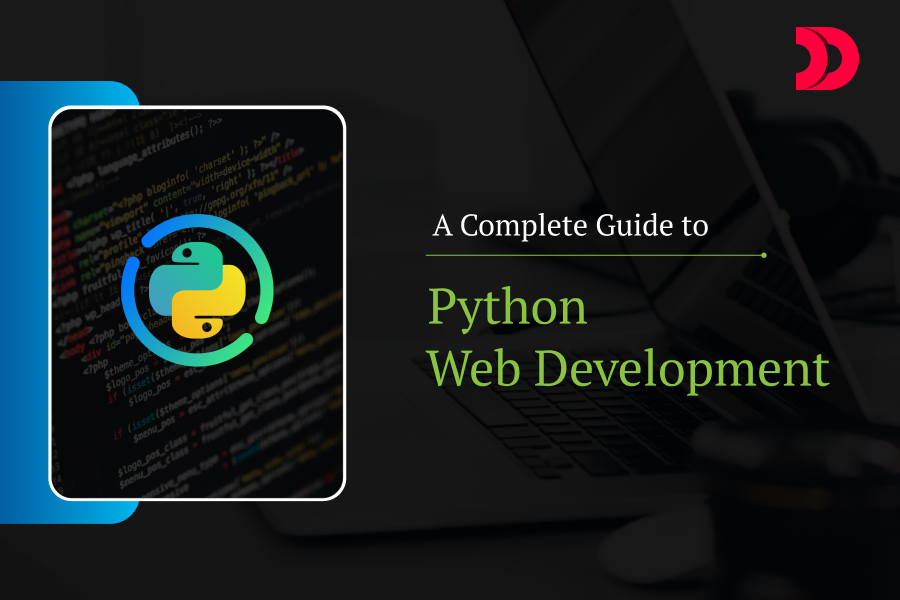
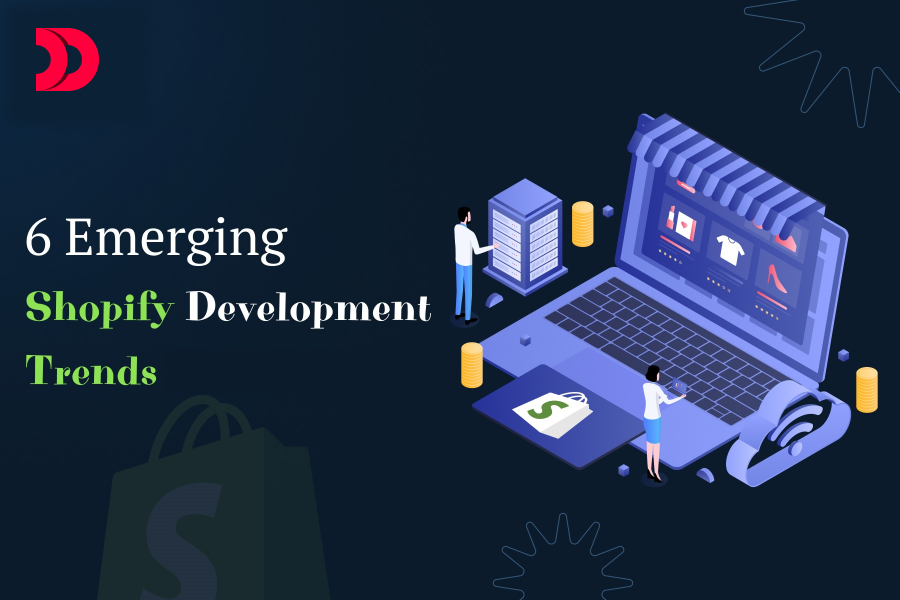
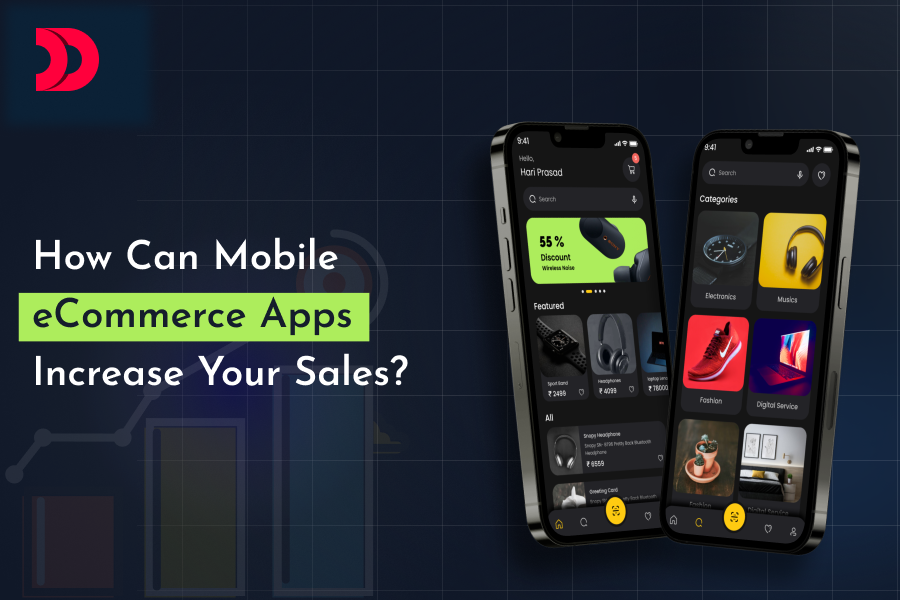
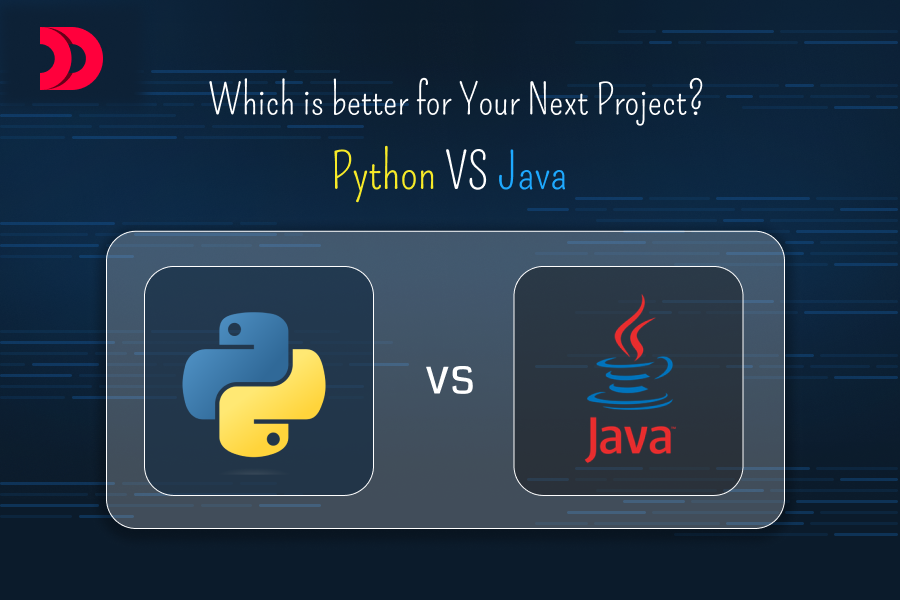
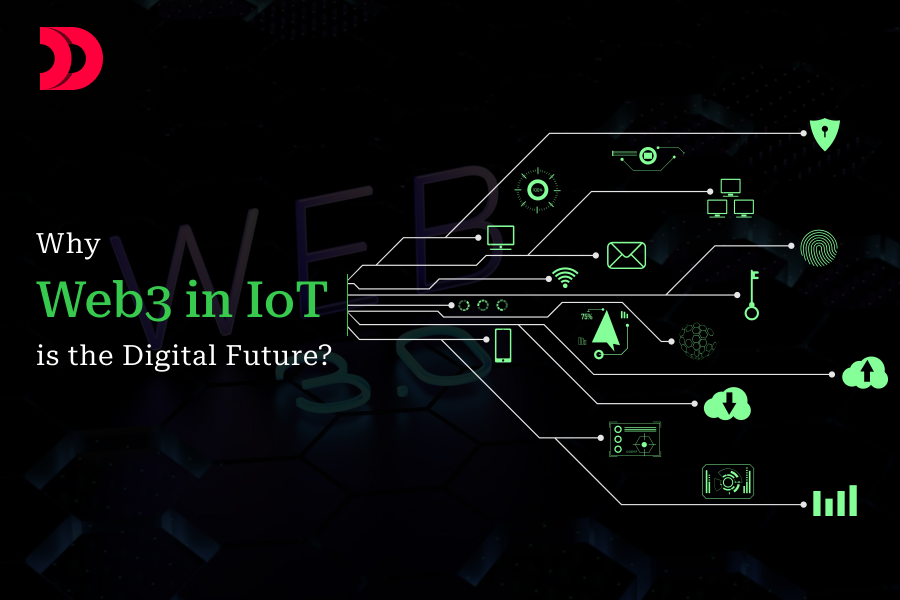
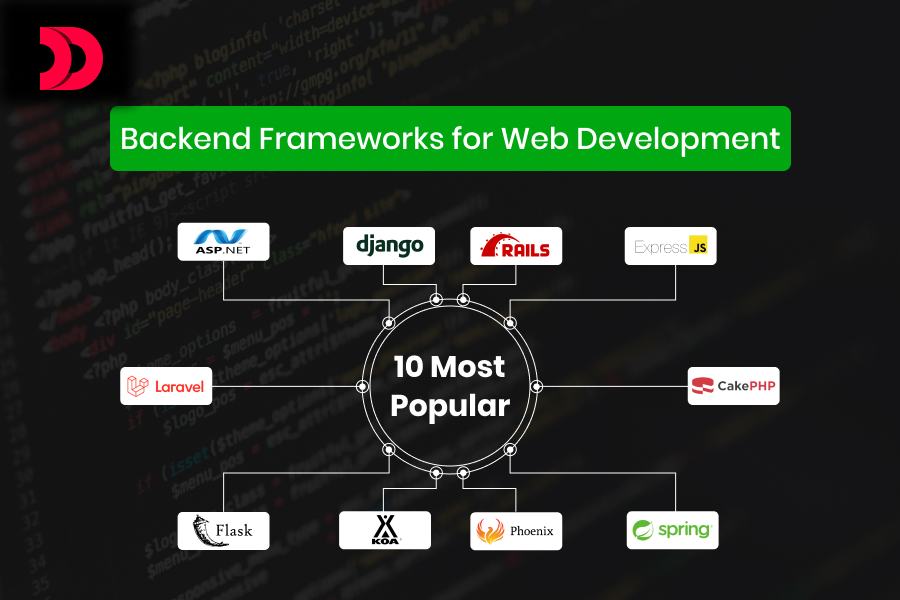
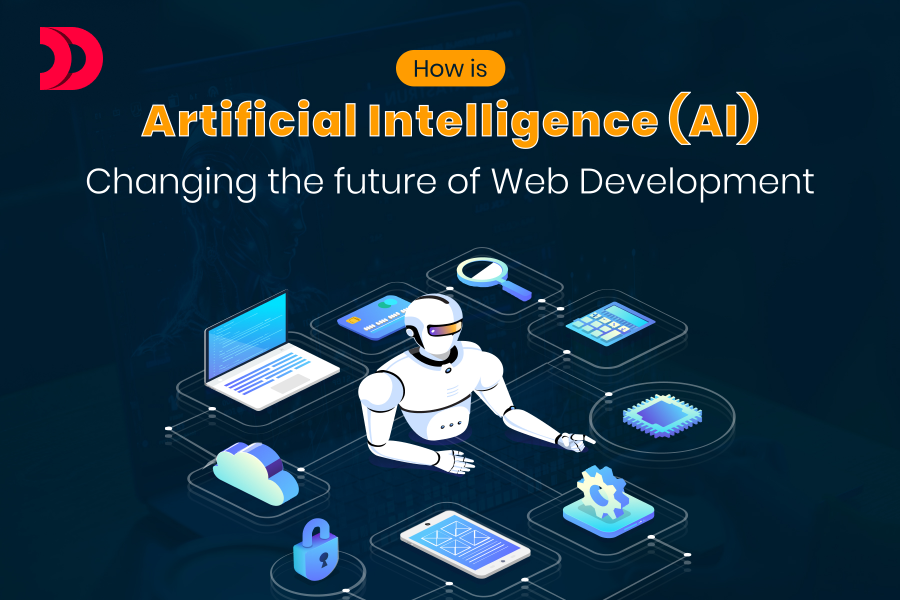
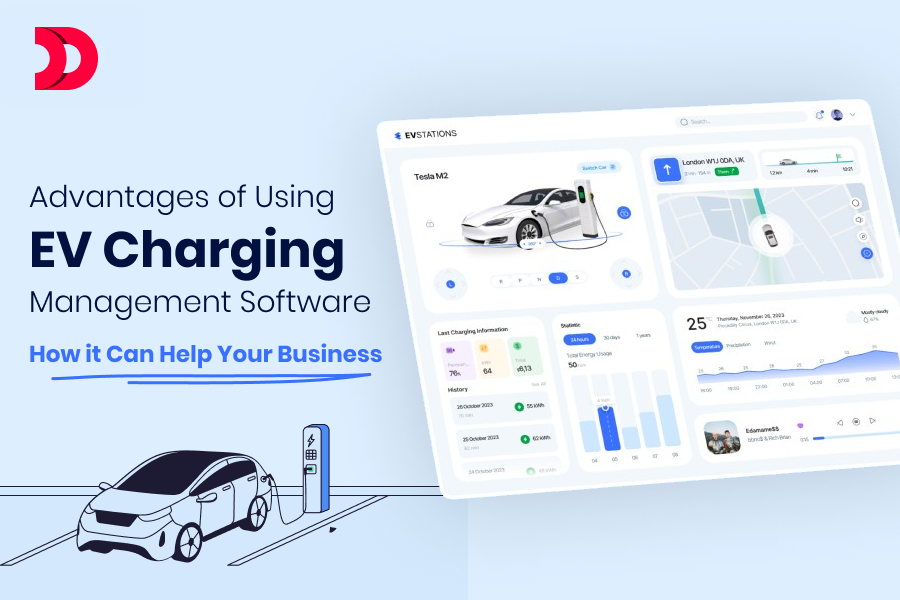
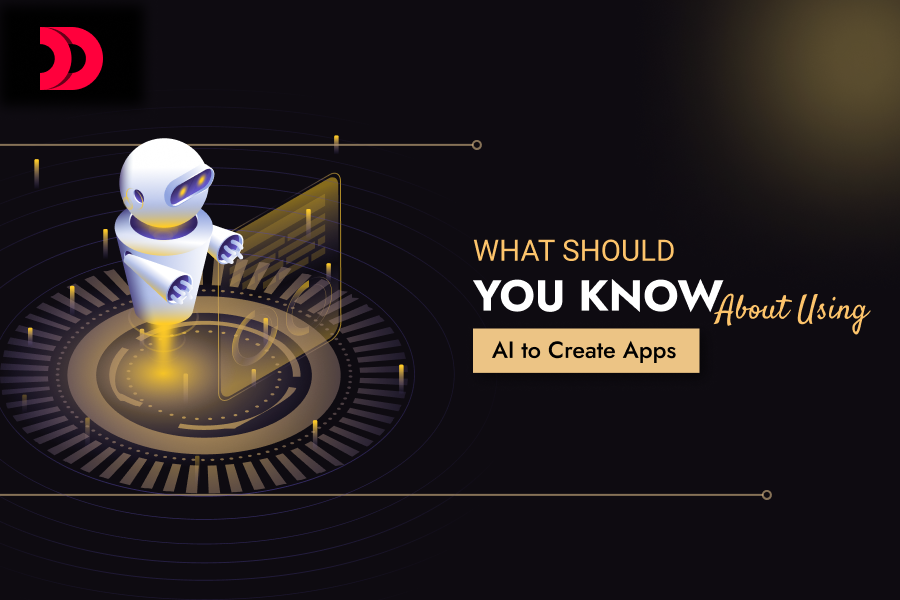




originil.webp)

originil.webp)

